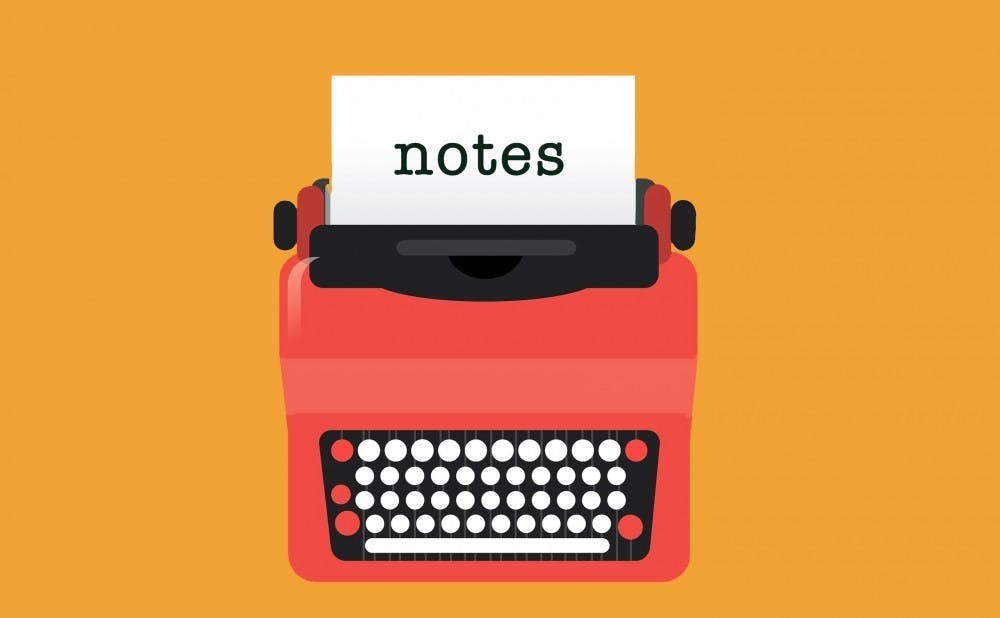On May 24, The New York Times printed on its front page the names of 1,000 victims, just 1% of the over 100,000 people who have lost their lives to COVID-19. Among them, a newlywed, a jazz pianist, an educator and a portraitist — all members of a greater community. With any disaster, the mind takes time to adjust to the loss of mentors, friends and loved ones, especially when they are not our own. For some, myself included, it is difficult to feel anything at all, save for a numb listlessness, while others are feeling intense despair and hopelessness. Both emotional states can be considered symptoms of grief in the wake of such staggering loss.
For those grieving in isolation, personal loss becomes heightened with the weight of communal loss. Grieving is a natural response to loss, an emotional process that requires upwards of a year to heal, but not everyone is afforded the necessary space and time to grieve. The most vulnerable communities continue to face the greatest devastation, yet they are the very communities urged to rush back work for the economy’s sake, even while conditions remain unsafe. And a great deal have, because in most cases, there is no choice: Grieving or not, rent is still due on the first of the month and families must be fed.
In America, the pandemic has brought about prolonged suffering in poor, working-class communities, people of color and vulnerable populations. Black communities have been disproportionately devastated by the pandemic, and the government’s bungled response left millions of high-risk individuals without proper medical coverage, PPE, testing infrastructure or food supply to fend for themselves. Because of this, hundreds of thousands have perished, and this rate, the frightening reality is that thousands more may follow in the approaching fall and winter months as states continue forward with plans to reopen.
But here we are in a state of moral deadlock. Most people are concerned for public health and their own personal safety as the virus continues its spread, yet there remains a demand for reopening and a return to normalcy. The question of normalcy itself is a puzzling one. How can, after everything, returning to normal still be on the cards? It was our previous “normal” that left us vulnerable to our current horrifying reality: Greed and the neoliberal appetite for seizing land and destroying the very ecosystems that function to contain deadly pathogens like COVID-19 for development and industrial agriculture have been identified as the root of disease emergence. Now, inadequate health coverage, wealth disparity and a crippling lack of testing infrastructure has left us unequipped to contain the spread.
It is not as if the epidemiological risks were unknown to those in charge of running mass industries, but they have reckoned with the risks and decided that they are worth the reward. Similarly, elite universities have declared that reopening in the fall is “worth the risk.” Of course, in an ideal world, most students would prefer to return to campus in the fall, but there remains a concern for whether our health and the health of university workers can be fully ensured — for the moment, it does not seem to be the case. What will happen when members of our own community become infected? How can the university cope with the reality of possibly losing students and staff if university spaces reopen?
The sheer scale of COVID’s impact means that we can now use the same metric to measure both lost lives and lost money, but inevitably, the larger number outweighs the other in the end. Dollars over lives. One thousand names on the front page of the Times doesn’t seem to be enough. It’s jarring, but in truth, it is the “normal” we have endured for so long.
What gives me hope now is the solidarity I’ve witnessed within our communities at Duke, in Durham and across the country. Early on, people realized that institutions of power (the federal government, the university) would not provide adequate support and quickly took it upon themselves to create mutual aid networks, establish food and supply delivery services, participate in rent strikes, push the need for Medicare for All and assist the undocumented and unemployed. For many of us at Duke dealing with grief, depression and trauma related to COVID-19, we seek support from friends, family and community members while institutional mental health resources remain insufficient. Responsibility never should have been entirely in our hands, but when systems of power refuse to stand for their people, it gives me hope that communities will come together and stand for each other.
I began this staff note almost a week ago, but this week, communities continue to grieve the senseless killing of George Floyd, another action of racism and systemic, state-sanctioned violence against black people by the police under an irreparable criminal justice system. In this moment, as the systems that have defined our “normal” reveal themselves as broken by design, it is now our communities that are coming together to dismantle and reimagine our systems of power and justice, systems that will one day secure the health, safety and livelihoods of all.
Editor’s note: This note was published in print the week of May 25, the week of the police killing of George Floyd in Minneapolis. Although I decided to make mention of this news, it came just shortly after hearing initial reports, and I regret if it now minimizes his death or the cause. This note was about community and how our “normal” is drastically changing. Since this article was published in print, there has been an immense international response and community support around the Black Lives Matter movement. This gives me hope that we will one day overcome and dismantle our unjust system, and we must take action to stand by the Black community. A full statement from Recess will soon follow.
Get The Chronicle straight to your inbox
Signup for our weekly newsletter. Cancel at any time.

